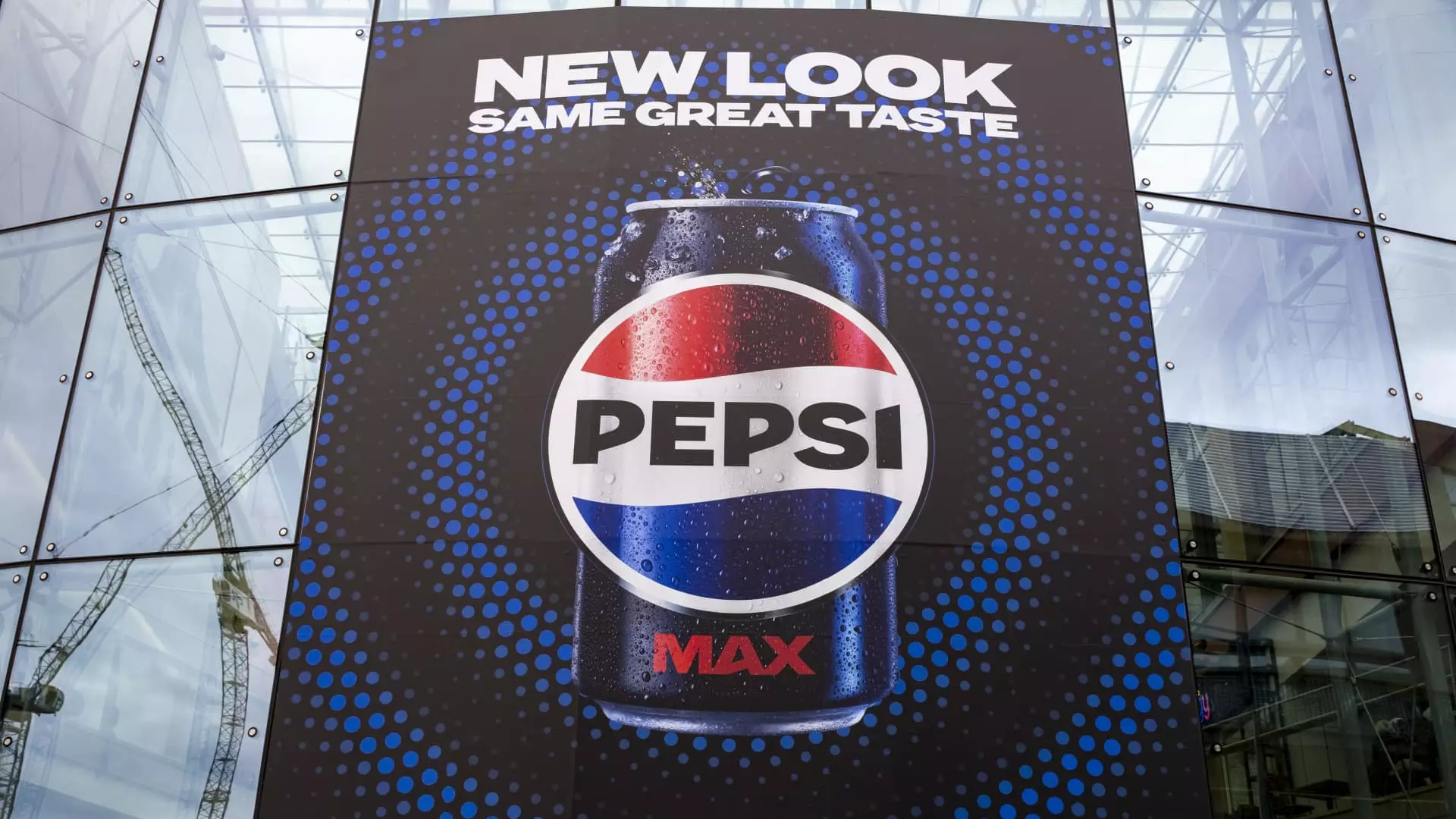As we traverse an increasingly unpredictable economic landscape, Goldman Sachs—the investment behemoth long regarded as a bellwether for market sentiment—has sent ripples through financial circles with a sobering revision of its S&P 500 target for 2025. Reduced from 6,500 to 6,200, this forecast is not merely a number; it serves as a warning signal that the market, which has already retraced 9% from its all-time highs, is teetering on a precipice. The depth of this pullback is alarming, especially considering that over half of it can be attributed to the staggering 14% decline in the so-called Magnificent Seven stocks. This suggests that even the tech giants—historically viewed as bastions of stability—are not immune to the vagaries of a faltering economy.
Analyzing Market Vulnerabilities
David Kostin, Goldman’s chief U.S. equity strategist, articulates a critical concern: “The key market risk going forward is a major further deterioration in the economic outlook.” This catastrophic downward adjustment aligns with historical data indicating that the S&P 500 usually contracts by an average of 24% during recessions. It’s a disconcerting trend that paints a vivid picture of a potentially volatile future, highlighting the fragility of a market characterized by overvalued equities amid uncertain economic indicators.
The core of Goldman Sachs’s approach in these chaotic times is to pivot toward “stable growers,” a strategy that encourages clients to fortify their portfolios with stocks that have exhibited resilient cash flows with minimal fluctuation over the past decade. Yet, does endorsing such a narrow range of stocks, particularly in a society that is evolving rapidly around technology and consumer behaviors, make sense? Are we putting too many eggs in the leaders of yesteryear instead of embracing the disruptive innovators that could define the decades ahead?
Questioning the “Safe” Bets
Among those so-called steady stocks is Alphabet, the parent company of Google, which Goldman anticipates will report an 11% rise in earnings per share and sales by 2025. Despite this optimism, Alphabet’s stock has sunk nearly 13% year-to-date. The contradiction is striking: while analysts remain bullish on its innovations—especially in the realm of generative artificial intelligence—investors appear skittish. The disconnect between Wall Street’s faith in Alphabet and the market’s real-time reactions suggests a substantial level of distrust, pointing to deeper unresolved issues within the industry.
Domino’s Pizza is another name in Goldman’s list, predicted to witness a modest 5% increase in sales and earnings per share. The fast-food chain’s evolution, including its recent introduction of a stuffed crust offering to vie against competitors, seems tactical yet unconvincing in a saturated market. Can the legacy of a classic brand withstand the tide of shifting consumer preferences toward healthier or diverse food options?
The Cautionary Tale of Consumer Giants
PepsiCo also makes an appearance on Goldman’s roster, yet its future seems clouded by rising scrutiny surrounding corporate practices and the appointment of Robert F. Kennedy Jr. as Health and Human Services Secretary. His vehement objections to major food corporations signal a significant public backlash against established norms, putting brands like PepsiCo in a precarious position as they navigate increasingly ethical consumer landscapes. Even with Goldman estimating a flat sales volume in 2025, commodity inflation and changing dietary trust could stave off any optimism surrounding a mere 2% earnings growth projection.
As these corporate giants cling to the perception of stability and security, one must wonder if we are merely witnessing a futile effort to uphold the status quo in the face of omnipresent change. The unease cast by Goldman Sachs’s predictions should ignite critical discourse about our economic direction. Are we focusing too much on traditional “stable” stocks at the expense of adaptation and innovation? The potential for stagnation looms large, lending urgency to the need for a more resilient economic framework that embraces change while navigating through uncertain waters.
The market’s future is not set in stone, and as we grapple with these unsettling indicators, one thing remains clear: it is time for investors and analysts alike to recalibrate their lenses and look beyond mere historical performance. The path forward demands a re-evaluation of what constitutes “stability” in this new, complex financial terrain.

